Restaurants Violate Health Code Four Times More Often Than Food Carts
Wednesday, September 10, 2014

Tyler Helton making crepes at Perierra Creperie, a food cart on SE 12th and Hawthorne Blvd. Photo by Emily Liedel
Between July 1, 2013 and Aug. 4, 2014, Multnomah County Health Department staff conducted 9,065 restaurant inspections and handed out 20,375 citations to restaurants. During the same period, the county conducted 2,424 food cart inspections and cited 1,438 violations.
That works out to approximately 2.25 violations per restaurant inspection and 0.59 violations per food cart inspection.
On a sunny Wednesday afternoon, a small line was gathered in front of Perierra Creperie, a food cart at Southeast 12th Avenue and Hawthorne Street. Tyler Helton, the sole cook, cashier and waiter, dashed around taking orders, pouring crepe batter and calling out the names of waiting diners.
It almost seems counterintuitive that food carts, often operated by young, firsttime business people, would have fewer health violations than established restaurants. But that is the case.
It doesn’t surprise Christie Sweitz, inspections supervisor for Multnomah County’s Environmental Health Department.
“Restaurants have a lot more stuff, so there are a lot more things, minor and major, that could go wrong,” Sweitz said.
Whether they are inspecting a food cart or restaurant, inspectors look for anything that could cause foodborne illness. There are five main categories that the county identifies as high-risk practices: employee hygiene, employee health, improper temperatures (including food not cooked to the correct temperature or not being held cold or hot enough), cross contamination and food from unapproved sources, including bringing food from home.
Bill Perry, vice president of Government Affairs at the Oregon Restaurant and Lodging Association, said it’s unfair to compare the two.
“They are being inspected as a delivery vehicle, not a prep kitchen,” Perry said. “It’s apples and oranges.”
Tyler Helton prepares a dish at Perierra Creperie, a food cart on SE 12th and Hawthorne Blvd. Photo by Emily Liedel
Perry said food cart operators sometimes do their food prep in their homes, which is illegal. All food that is sold at a restaurant or food cart has to be prepared in an inspected kitchen.
Sweitz acknowledged that cart operators do sometimes bring food from home. In the past 13 months, however, there has been only one citation for doing prep for a food cart at a residence.
Food cart operators are allowed to use inspected commissary kitchens to do cold prep and dishwashing.
Common violations
Failing to keep food either cold enough, below 41 degrees, or hot enough, over 135 degrees, to prevent bacterial growth was the most common violation for both restaurants and food carts.
Hot and cold holding was cited in 10.49 percent of restaurant inspections and 5.4 of percent food cart inspections.
For food carts, other common violations were:
- Not having appropriate temperature measuring devices (3.3 percent)
- Not separating, packaging and separating foods appropriately to avoid cross-contamination (2.5 percent)
- Lack of an accessible handwashing sink (2.4 percent)
For restaurants, other common violations were:
- Failure to advise consumers that a menu item with raw egg or raw meat might cause foodborne illness (7.6 percent)
- Not separating packaging and foods appropriately to avoid cross-contamination (5.9 percent)
- Not having appropriate temperature measuring devices (4.5 percent)
The fishbowl factor
There are other reasons carts might have fewer violations, said Kelsey Schopp, events coordinator with FoodCartsPortland.com.
Many carts are owner operated, so the person doing the cooking and serving is very invested in the business, Schopp said.
Schopp also pointed to another reason, one clearly on display at the Perierra Creperie on Wednesday afternoon.
As Helton worked, the waiting customers stared into his kitchen and watched him cook.
Related Slideshow: Top 12 carless cities in the U.S.
Portland ranks among the top cities in the nation where residents live without cars. Check out the other cities that scored highly.
Related Articles
- Does Good Food Lead to Gentrification?
- Portland Named One of the 11 Greatest Foodie Cities In America
- Critics Critiqued: Tips for Portland Food Writers
- What’s Wrong with Portland Restaurants’ No-Reservation Policy?


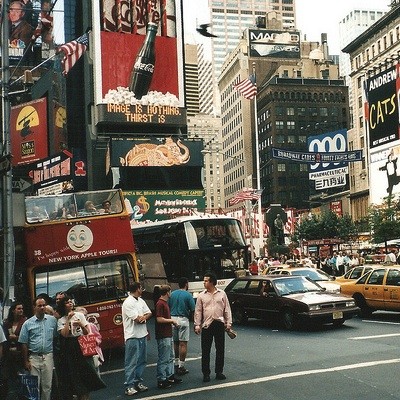

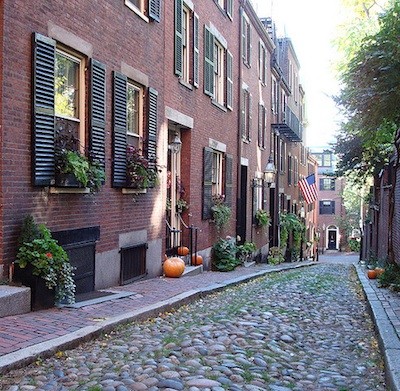
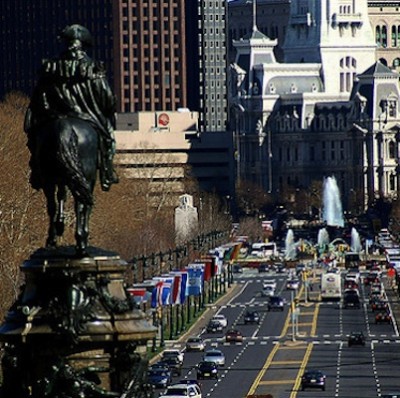
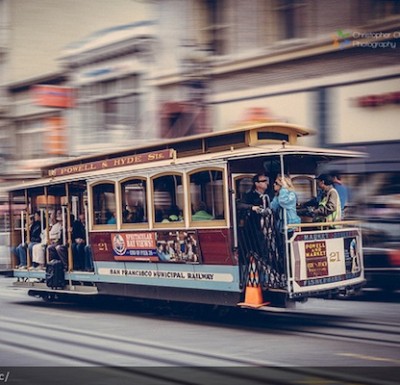

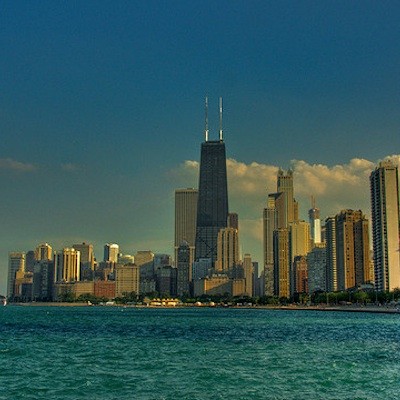
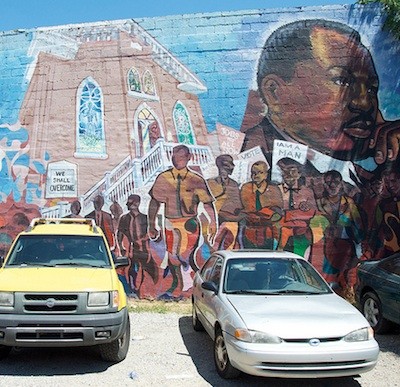
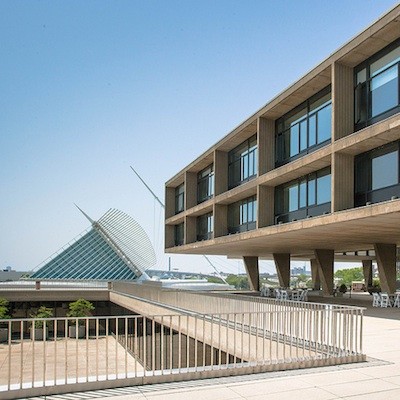
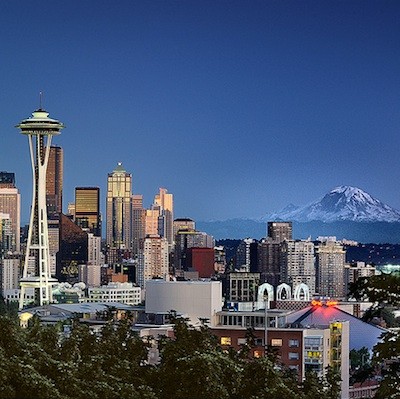
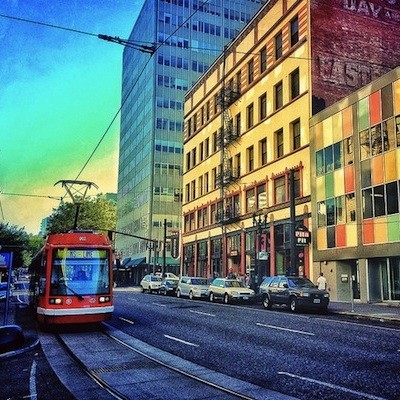
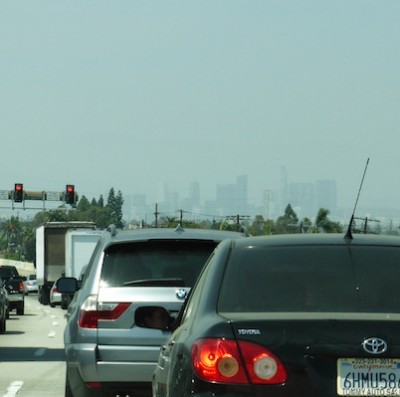















 Delivered Free Every
Delivered Free Every
Follow us on Pinterest Google + Facebook Twitter See It Read It